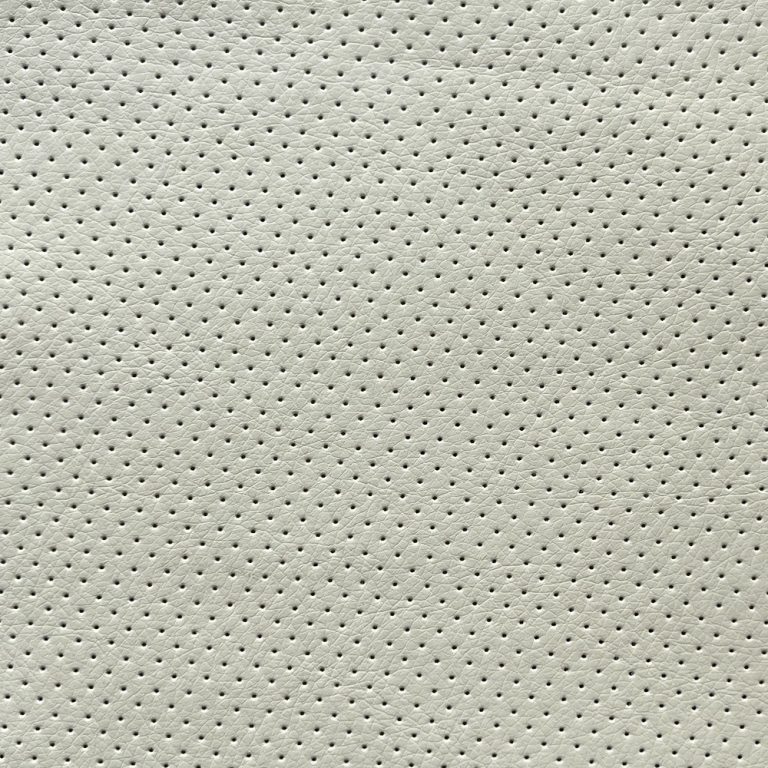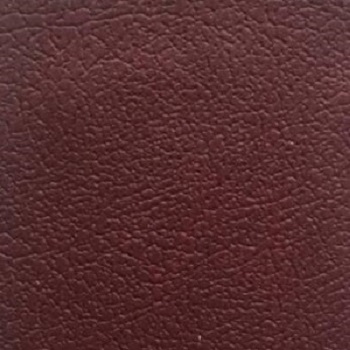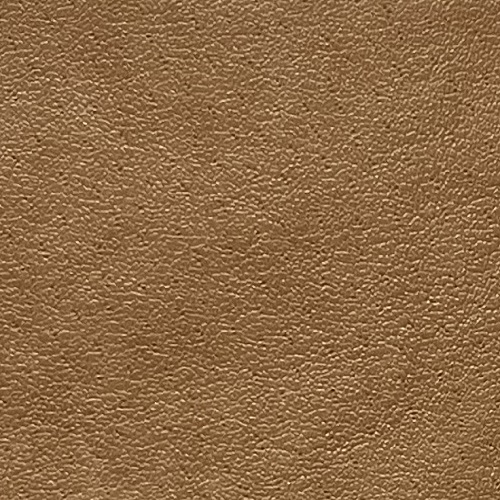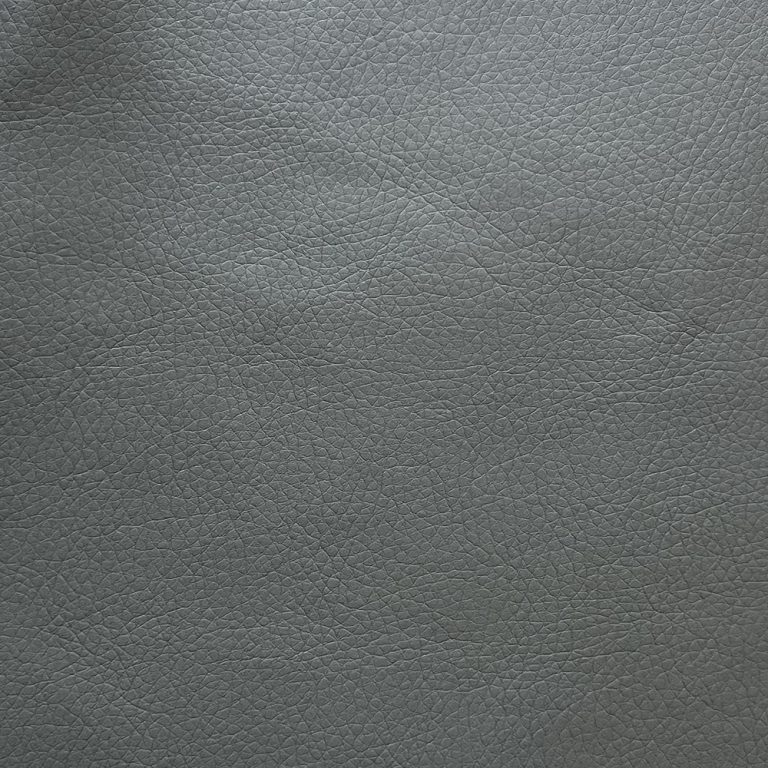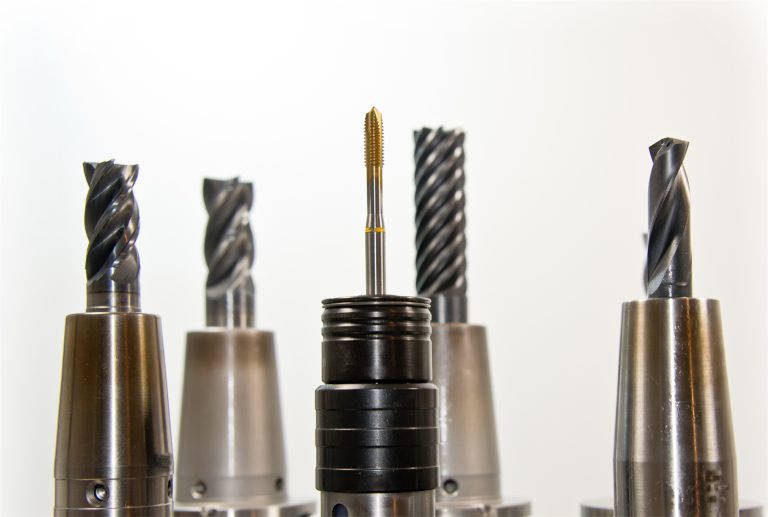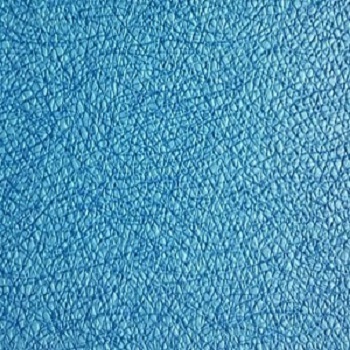Table of Contents
Pros and Cons of Using Synthetic Leather in Bookbinding
Bookbinding is an ancient craft that has evolved over centuries, with artisans using a variety of materials to create beautiful and durable books. One material that has gained popularity in recent years is synthetic leather. Synthetic leather, also known as faux leather or vegan leather, is a man-made material that mimics the look and feel of real leather. While synthetic leather has its advantages, there are also some drawbacks to using it in bookbinding.
One of the main advantages of using synthetic leather in bookbinding is its affordability. Synthetic leather is typically much cheaper than real leather, making it a cost-effective option for those on a budget. This can be especially beneficial for small-scale bookbinders or hobbyists who may not have the resources to invest in expensive materials. Additionally, synthetic leather is available in a wide range of colors and finishes, allowing for greater customization and creativity in bookbinding projects.
Another advantage of synthetic leather is its durability. Synthetic leather is often more resistant to wear and tear than real leather, making it a practical choice for books that will be frequently handled or exposed to harsh conditions. Synthetic leather is also easier to clean and maintain than real leather, as it is less prone to staining and fading. This can be particularly important for books that are intended for everyday use or for display in public spaces.
On the other hand, there are some drawbacks to using synthetic leather in bookbinding. One of the main concerns is the environmental impact of synthetic leather production. Synthetic leather is typically made from petroleum-based materials, which are not biodegradable and can contribute to pollution and greenhouse gas emissions. Additionally, the production of synthetic leather often involves the use of toxic chemicals and solvents, which can be harmful to both the environment and human health.
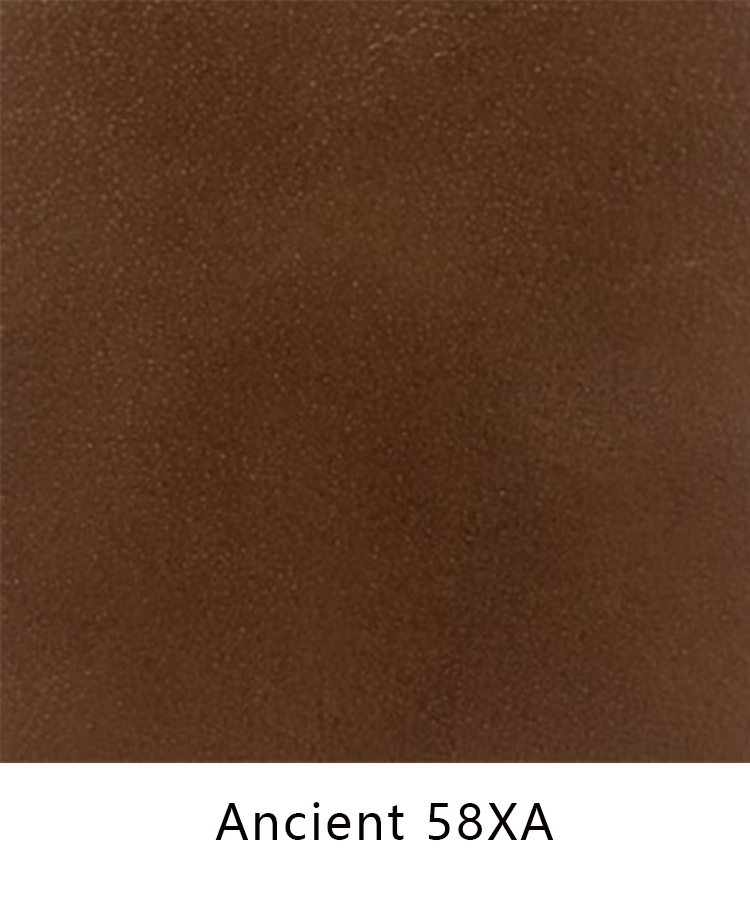
Another drawback of synthetic leather is its lack of authenticity. While synthetic leather can mimic the look and feel of real leather, it may not have the same luxurious quality or longevity. Real leather has a unique texture and patina that develops over time, giving it a timeless appeal that cannot be replicated with synthetic materials. For some bookbinders and book lovers, the authenticity and heritage of real leather may be worth the higher cost and maintenance requirements.
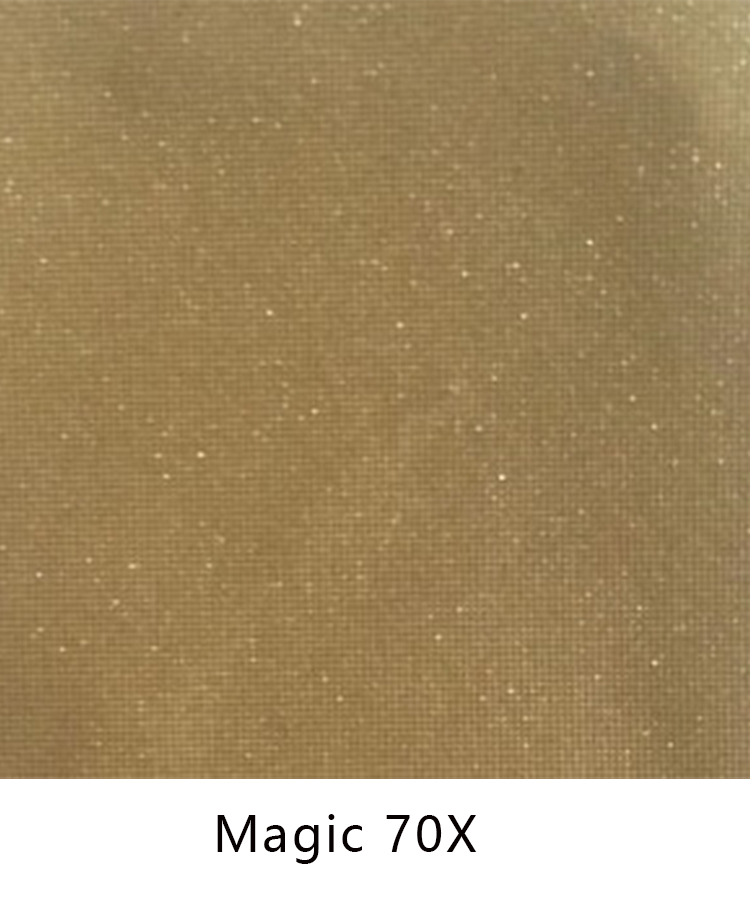
In conclusion, the use of synthetic leather in bookbinding has both pros and cons. While synthetic leather is affordable, durable, and versatile, it also has environmental concerns and may lack the authenticity of real leather. Ultimately, the choice of material for bookbinding will depend on the specific needs and preferences of the bookbinder. Whether using synthetic leather or real leather, the most important factor is to create books that are well-crafted, beautiful, and built to last.
How to Care for and Maintain Synthetic Leather Bound Books
Synthetic leather bound books are a popular choice for many book lovers due to their durability and aesthetic appeal. However, like any other material, synthetic leather requires proper care and maintenance to ensure its longevity. In this article, we will discuss some tips on how to care for and maintain synthetic leather bound books.
One of the most important things to keep in mind when caring for synthetic leather bound books is to avoid exposing them to excessive heat or direct sunlight. Heat can cause the synthetic leather to dry out and crack, while sunlight can cause fading and discoloration. It is best to store synthetic leather bound books in a cool, dry place away from direct sunlight.
Another important aspect of caring for synthetic leather bound books is to avoid getting them wet. Water can cause the synthetic leather to warp and lose its shape. If your synthetic leather bound book does get wet, gently blot the excess moisture with a clean, dry cloth and allow it to air dry completely before storing it.
To clean synthetic leather bound books, use a soft, damp cloth to gently wipe away any dust or dirt. Avoid using harsh chemicals or abrasive cleaners, as these can damage the synthetic leather. If your synthetic leather bound book has stubborn stains, you can try using a mild soap and water solution, but be sure to test it on a small, inconspicuous area first to ensure that it does not damage the material.
To prevent scratches and scuffs on synthetic leather bound books, it is a good idea to use a protective cover or sleeve. This will help to keep the book looking new and prevent damage from everyday wear and tear. Additionally, be mindful of how you handle your synthetic leather bound books, as rough handling can cause damage to the material.
When storing synthetic leather bound books, it is important to keep them upright and supported to prevent bending or warping. Avoid stacking heavy objects on top of them, as this can cause damage to the binding and cover. If you need to store your synthetic leather bound books for an extended period of time, consider using acid-free paper or tissue to help protect the material from yellowing or deteriorating.
In conclusion, caring for and maintaining synthetic leather bound books is essential to preserving their beauty and longevity. By following the tips outlined in this article, you can ensure that your synthetic leather bound books remain in pristine condition for years to come. Remember to keep them away from heat and sunlight, avoid getting them wet, clean them gently, use protective covers, handle them with care, and store them properly. With proper care and maintenance, your synthetic leather bound books will continue to bring you joy and inspiration for many years to come.
Creative Ways to Customize Synthetic Leather Book Covers
Bookbinding is an art form that has been practiced for centuries, with the earliest known examples dating back to ancient Egypt. In modern times, bookbinding has evolved to include a wide range of materials and techniques, including the use of synthetic leather. Synthetic leather, also known as faux leather or vegan leather, is a popular choice for book covers due to its durability, versatility, and affordability.
One creative way to customize synthetic leather book covers is through embossing. Embossing involves creating a raised design or pattern on the surface of the material by pressing it with a heated metal stamp. This technique can be used to add a personal touch to a book cover, such as a monogram, logo, or decorative motif. Embossing can also be combined with other customization options, such as foil stamping or debossing, to create a unique and eye-catching design.
Another way to customize synthetic leather book covers is through printing. Printing allows for the reproduction of intricate designs, photographs, or illustrations on the surface of the material. This can be done using a variety of techniques, such as screen printing, digital printing, or heat transfer printing. Printing offers endless possibilities for customization, from bold and colorful graphics to subtle and sophisticated patterns.
For those looking to add a touch of luxury to their synthetic leather book covers, consider adding metal accents. Metal accents, such as corner protectors, clasps, or decorative studs, can elevate the look of a book cover and give it a high-end finish. Metal accents can be customized in a variety of finishes, such as gold, silver, or antique brass, to complement the overall design of the book cover.
In addition to embossing, printing, and metal accents, there are many other creative ways to customize synthetic leather book covers. For example, consider adding a ribbon bookmark, a pen loop, or a pocket for storing notes or business cards. These functional elements not only enhance the usability of the book cover but also add a touch of elegance and sophistication.
When customizing synthetic leather book covers, it is important to consider the overall design aesthetic and intended use of the book. For example, a sleek and minimalist design may be more appropriate for a professional portfolio or business presentation, while a colorful and whimsical design may be better suited for a children’s book or journal. By carefully considering the purpose and audience of the book, you can create a customized cover that is both visually appealing and functional.
| Product Name | Use |
| Notebook leather | Notebook |
In conclusion, synthetic leather book covers offer a versatile and affordable option for customization. By incorporating techniques such as embossing, printing, metal accents, and functional elements, you can create a personalized book cover that reflects your unique style and personality. Whether you are looking to create a professional portfolio, a stylish journal, or a one-of-a-kind gift, there are endless possibilities for customizing synthetic leather book covers. Let your creativity shine and make your books stand out with a customized synthetic leather cover.

